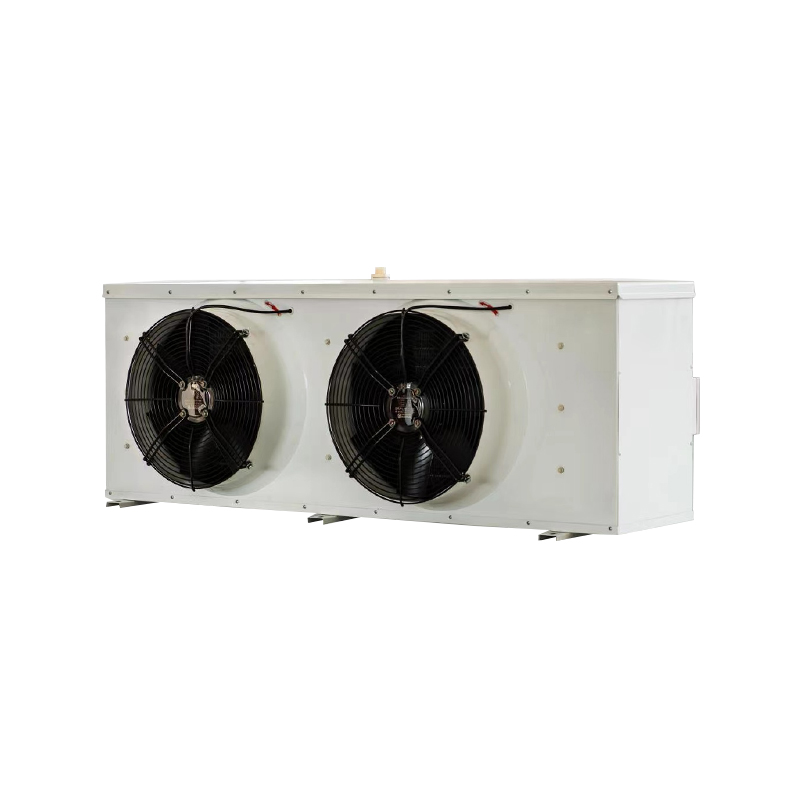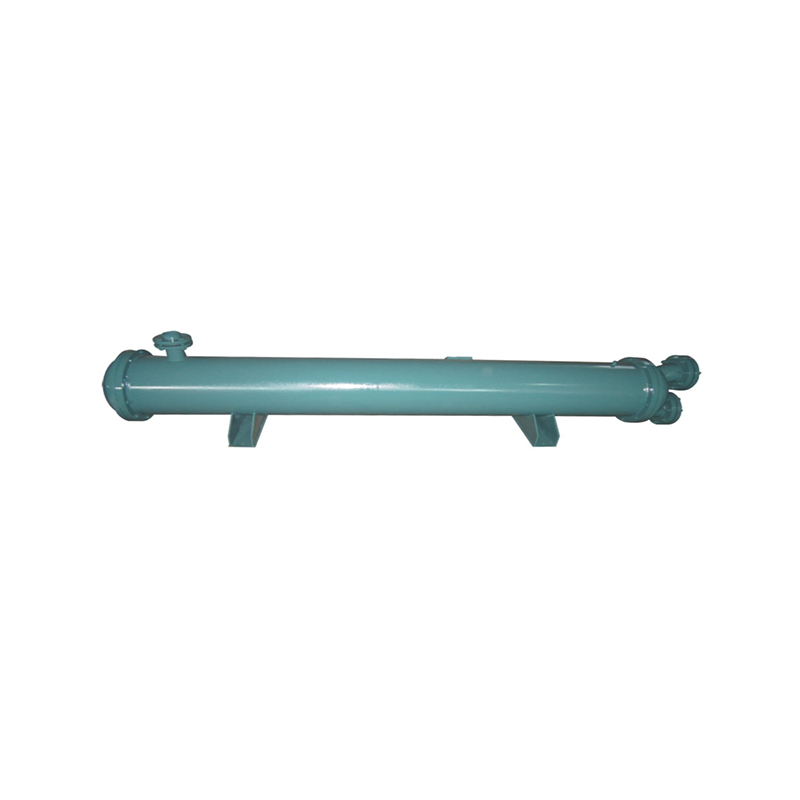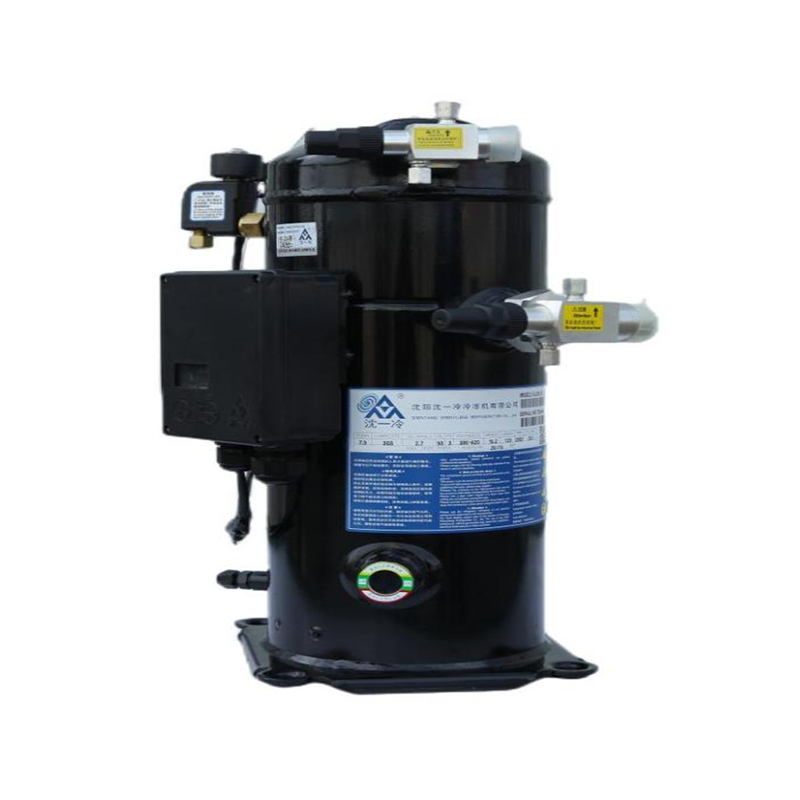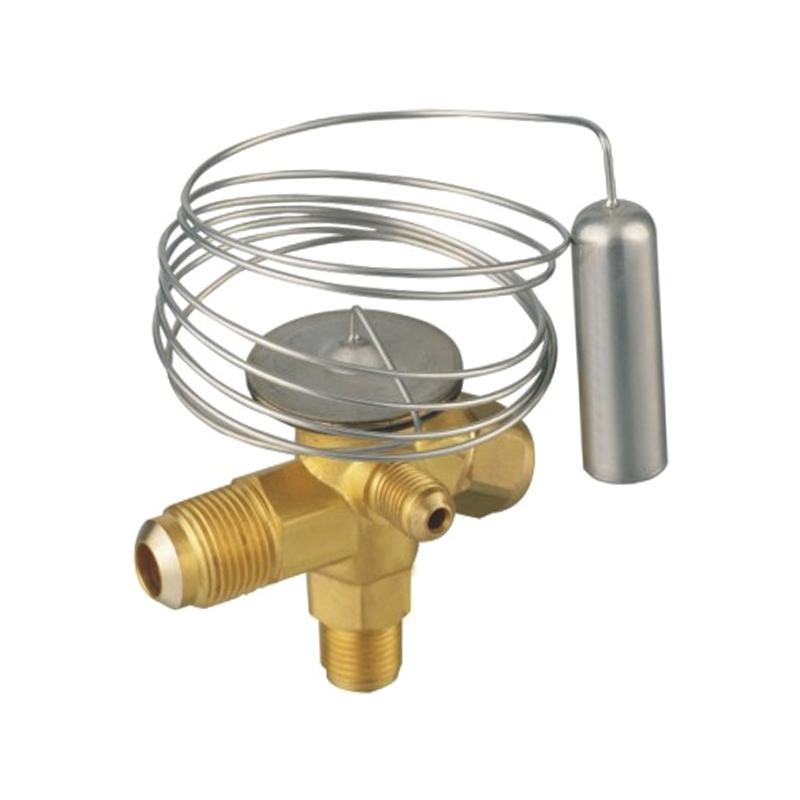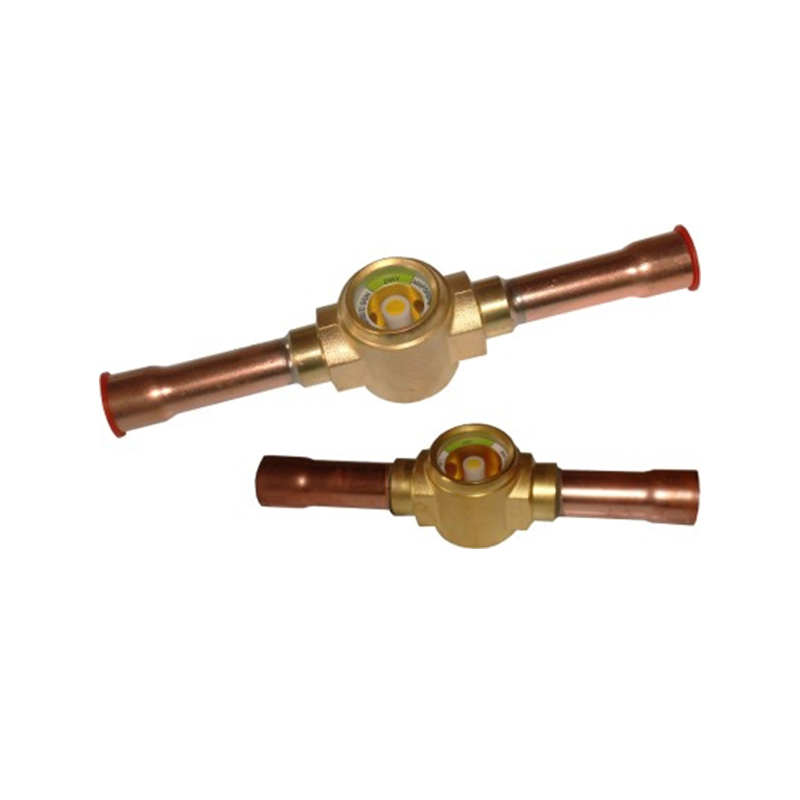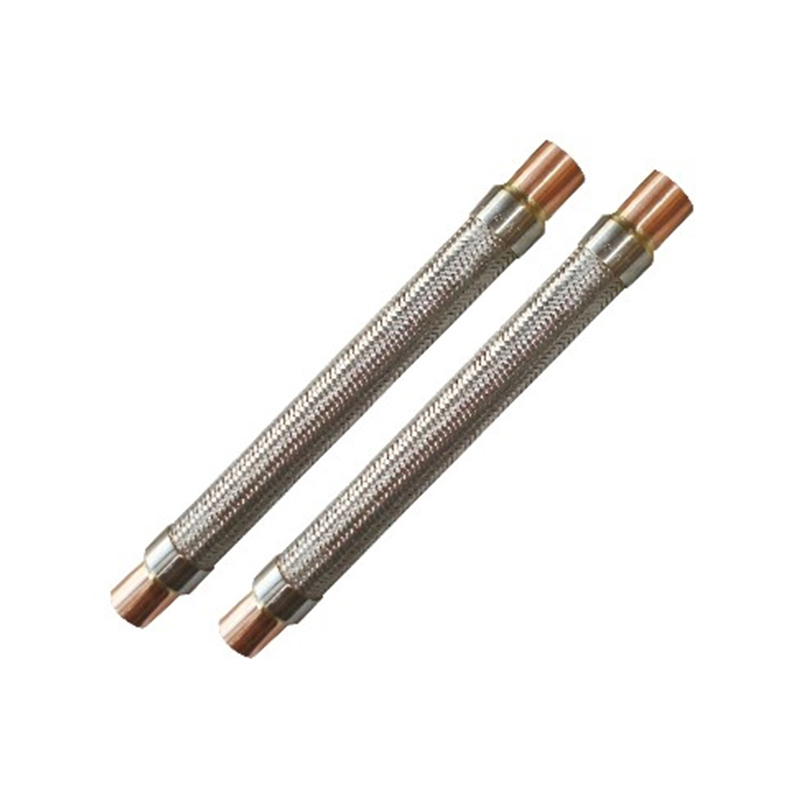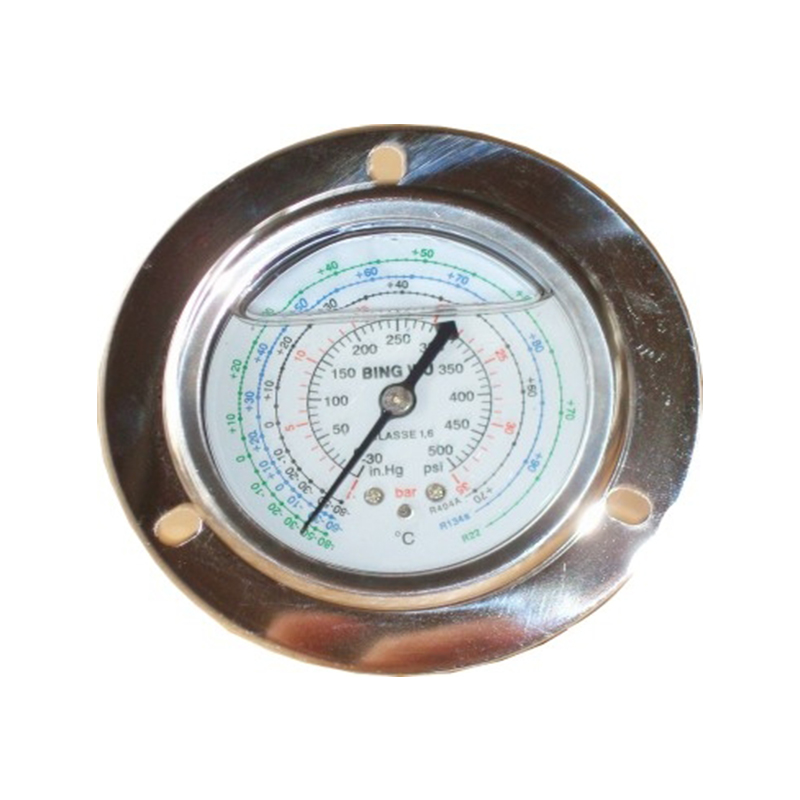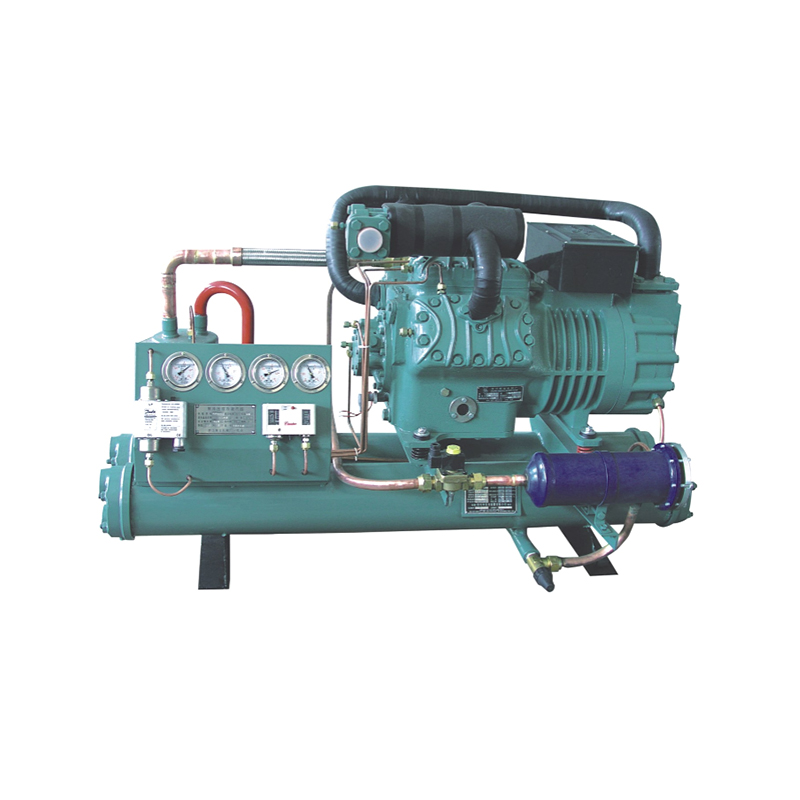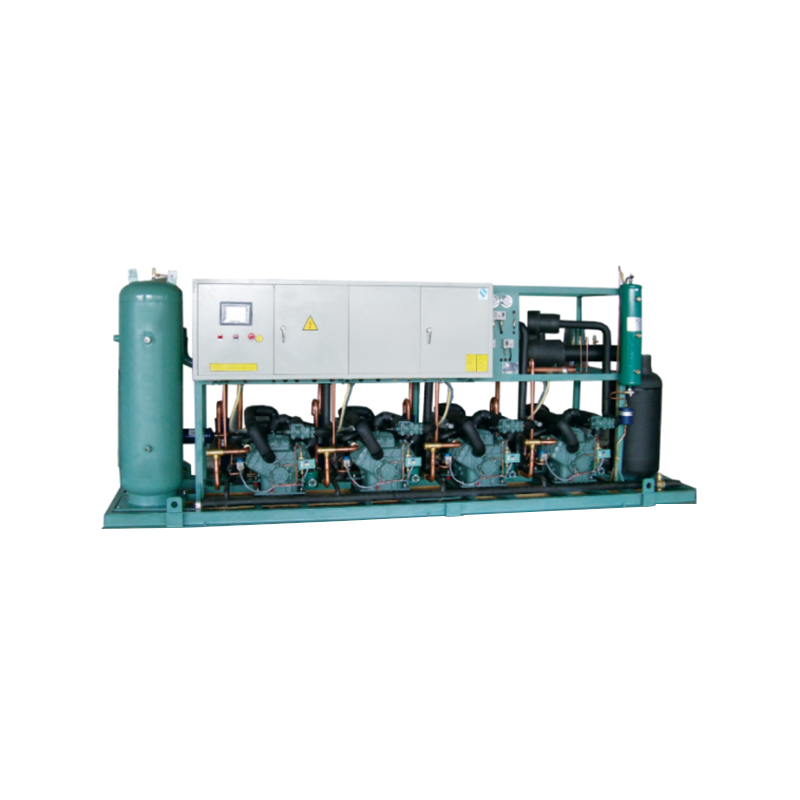The cornerstone of accurate measurement: the accuracy of digital pressure sensors
The reason why electronic pressure controllers can achieve high-precision control of pressure is inseparable from the digital pressure sensors used inside them. These sensors use advanced manufacturing processes and precision pressure-sensitive elements to ensure the accuracy of measurement results. Specifically, the accuracy of digital pressure sensors is usually measured by the deviation between their measured values and the true values, which is strictly controlled within a very small range. For example, in some high-end electronic pressure controllers, the accuracy of their built-in digital pressure sensors can reach 0.1% FS (full-scale error) or even higher, which means that within the measurement range, the deviation between the sensor's measurement results and the true value is extremely small and almost negligible.
High-precision digital pressure sensors provide reliable data support for electronic pressure controllers, enabling controllers to make accurate control decisions based on real-time and accurate pressure information. This not only helps to improve the stability and consistency of the production process, but also effectively avoids equipment damage or safety accidents caused by pressure fluctuations, thereby bringing significant economic and social benefits to enterprises.
Sensitive perception tentacles: the sensitivity of digital pressure sensors
In addition to high accuracy, the sensitivity of digital pressure sensors is also one of their important characteristics that cannot be ignored. Sensitivity refers to the sensitivity of the sensor to pressure changes, that is, the ratio of the change in the sensor output signal caused by the pressure change. In the electronic pressure controller, the highly sensitive digital pressure sensor can quickly capture the tiny pressure fluctuations and convert them into clear electrical signal output. This fast and accurate response capability enables the controller to respond to the pressure change in the first time, thereby achieving effective control of the pressure.
For example, in industrial automation production lines, some processes have extremely high requirements for pressure control, and a slight deviation may affect product quality or production efficiency. At this time, the highly sensitive digital pressure sensor becomes an indispensable key component. It can monitor and feedback pressure change information in real time, ensuring that the controller can adjust the control strategy in time and maintain the stable operation of the production process.
Driving force of technological innovation: continuous progress of digital pressure sensors
Digital pressure sensors are constantly improving in terms of accuracy and sensitivity. Modern digital pressure sensors not only use more advanced materials and manufacturing processes, but also incorporate intelligent algorithms and data processing technologies to further improve their measurement accuracy and response speed. At the same time, in order to meet the needs of different application scenarios, digital pressure sensors also have a variety of functions and features, such as temperature compensation, overload protection, automatic calibration, etc. The addition of these functions makes the sensor more intelligent and reliable.
In the application of electronic pressure controllers, the continuous progress of digital pressure sensors has brought higher performance and a wider range of applications to the controllers. From simple pressure monitoring to complex pressure control systems, digital pressure sensors have demonstrated their unique advantages and value.
